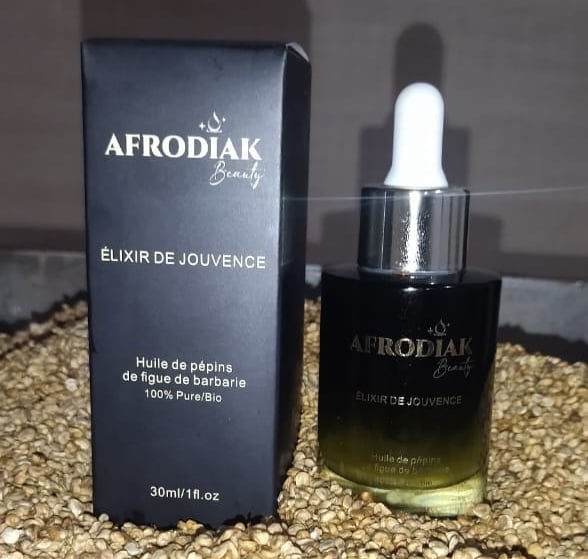LA FIGUE DE BARBARIE
Histoire de la Figue
1/11/20244 min read
The plant Opuntia Ficus Indica belongs to the cactus family and is often called prickly pear.
Some call it the prickly pear or India Fig Opuntia. Native to Mexico and other parts of South America, this cactus can reach two meters high and resists the hostile desert environment quite well. The plant also grows in northern Africa, especially in Morocco.
Opuntia Ficus Indica is also called a miracle plant because it survives long periods of drought and can still produce healthy and edible fruits. The fruit contains small black seeds in which the precious prickly pear oil is extracted.
The plant has very beautiful pink flowers and very nutritious fruits. Pure seed oil is sold at fairly high prices, and for good reason.
The seeds are very small and contain a low concentration of oil. This makes the extraction process extremely labor-intensive. For example, about 768 kg of prickly pear seeds must be cold-pressed to produce about a liter of water. prickly pear oil.
To obtain the maximum amount of oil from the seeds, everything must be done with care and the extraction process must be complete.
While the Chinese use it to dress up abscesses, Amerindians and Mexicans like to eat fruit and make syrup from it to treat asthma and butchery. In traditional Mexico, the plant was used to treat diabetes and high cholesterol.
In recent years, prickly pear oil has become a popular ingredient for skin care. But that's not all. At an exciting time of events, scientists are now studying ways to use the plant as a sustainable energy source, but research is still in the early stages.
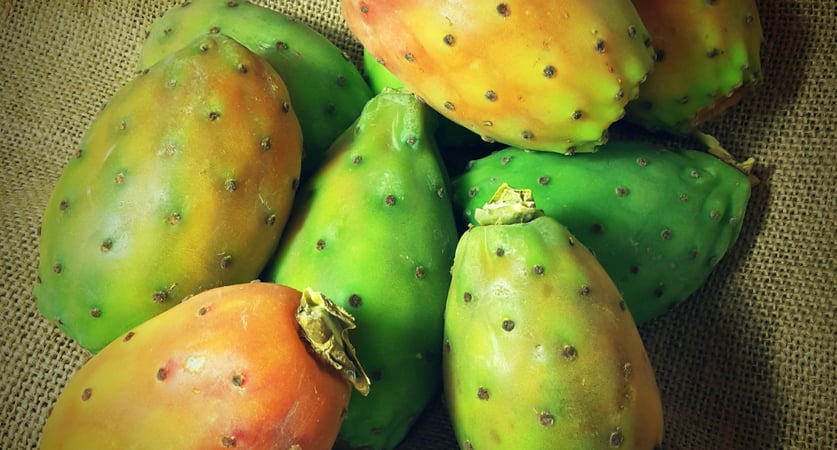

The Barbary Fig
The Fig Fields
The vast fields of prickly pear trees depict a captivating picture, where the horizon seems to extend to infinity under the generous sky. These cacti with delicate branches stand proudly, creating a natural labyrinth that houses the precious fruits. In this sunny environment, each prickly pear matures under the warm rays of the sun, capturing the richness of the earth to offer a sensory symphony of colors, textures and aromas. These fields, witnesses to the generosity of nature, are the cradle of natural benefits, ready to be shared with those who seek the authentic essence of the prickly pear.
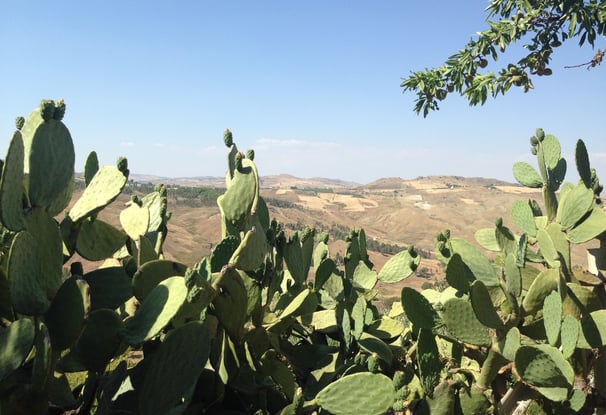

The Fig Harvest
This operation still remains faithful to the archaic and is done manually in the following way: the workers use the dried rackets to harvest the cactus figs. After the fruit harvest, the workers are responsible for removing the very fine thorns with a broom or a thorny plant. Once this work is done, the product is made available to intermediaries who in turn will put it on the market. The size of the quantities harvested is largely dependent on the workforce available to the farm.
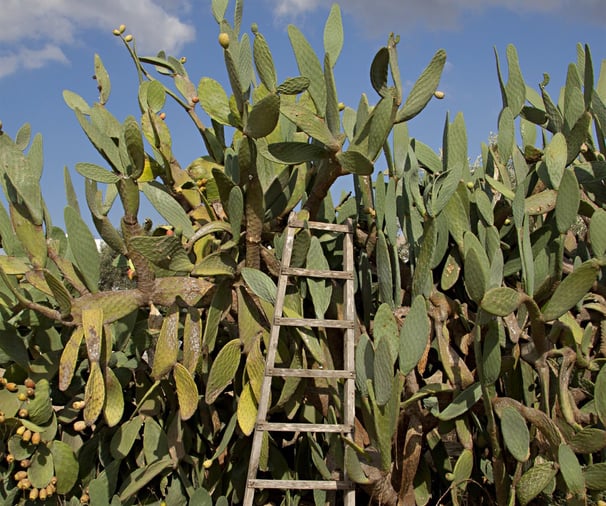

Preparation and extraction by cold pressing
The figs are then washed before being pulped to collect only the precious seeds. Then, they are washed and dried in the sun. The drying of the seeds must be carried out at about 40°C so as not to alter the quality of the oil and its content of fatty acids and vitamin E.
Cold extraction is a delicate method used to obtain prickly pear seed oils. This technique, without excessive heat or solvents, preserves the purity of the ingredients, thus preserving their nutritional properties, natural aroma and color. This respectful approach makes it possible to create skin care products of exceptional quality.
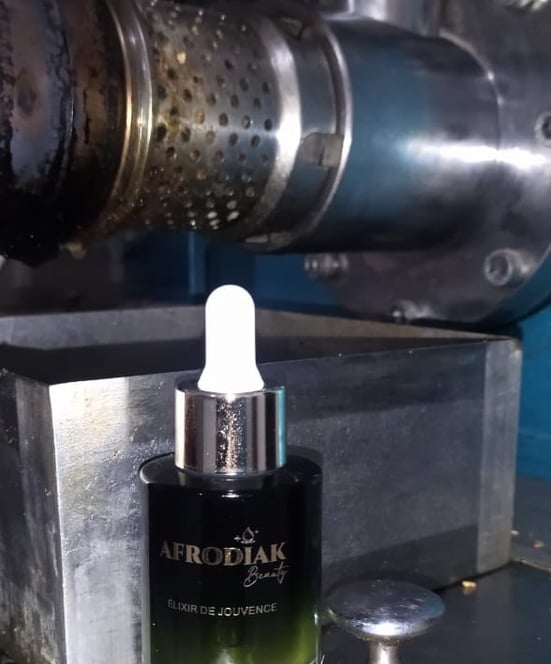

And finally!!! Our precious prickly pear oil AfrodiAk
Prickly pear seed vegetable oil is an exceptional oil for skin care because of its great richness in vitamin E, sterols and omega-6. incomparable to fight against the signs of skin aging, it is also to maintain the suppleness and tone of the skin.
Prickly pear seed oil is a vegetable oil obtained from the seeds of the fruit of the prickly pear. To obtain 1 liter of prickly pear seed oil by cold pressing, you need 30 kilos of seeds, or one ton of fruit. The oil obtained is 100% Organic and 100% Pure.
Considered the most expensive oil in the world, its success lies in the richness of its components: it is full of vitamin E (anti-oxidant) and essential fatty acids that make it possible to deeply nourish and tone the skin. This oil is also a restorative oil. It reduces scars, acne pimples and reduces stretch marks and pigment spots.
